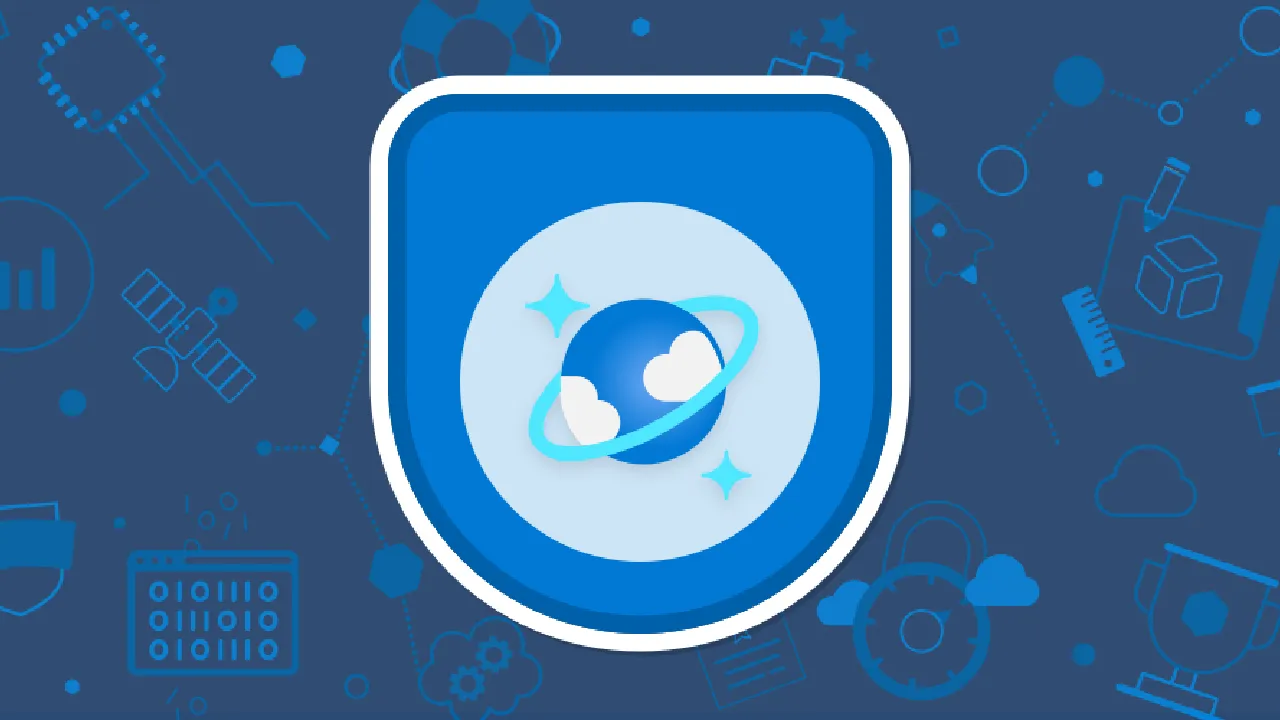This article is a part of the series – Learn NoSQL in Azure where we explore Azure Cosmos DB as a part of the non-relational database system used widely for a variety of applications. Azure Cosmos DB is a part of Microsoft’s serverless databases on Azure which is highly scalable and distributed across all locations that run on Azure. It is offered as a platform as a service (PAAS) from Azure and you can develop databases that have a very high throughput and very low latency. Using Azure Cosmos DB, customers can replicate their data across multiple locations across the globe and also across multiple locations within the same region. This makes Cosmos DB a highly available database service with almost 99.999% availability for reads and writes for multi-region modes and almost 99.99% availability for single-region modes.
In this article, we will focus more on how Azure Cosmos DB works behind the scenes and how can you get started with it using the Azure Portal. We will also explore how Cosmos DB is priced and understand the pricing model in detail.
How Azure Cosmos DB works
As already mentioned, Azure Cosmos DB is a multi-modal NoSQL database service that is geographically distributed across multiple Azure locations. This helps customers to deploy the databases across multiple locations around the globe. This is beneficial as it helps to reduce the read latency when the users use the application.
As you can see in the figure above, Azure Cosmos DB is distributed across the globe. Let’s suppose you have a web application that is hosted in India. In that case, the NoSQL database in India will be considered as the master database for writes and all the other databases can be considered as a read replicas. Whenever new data is generated, it is written to the database in India first and then it is synchronized with the other databases.
Consistency Levels
While maintaining data over multiple regions, the most common challenge is the latency as when the data is made available to the other databases. For example, when data is written to the database in India, users from India will be able to see that data sooner than users from the US. This is due to the latency in synchronization between the two regions. In order to overcome this, there are a few modes that customers can choose from and define how often or how soon they want their data to be made available in the other regions. Azure Cosmos DB offers five levels of consistency which are as follows:
- Strong
- Bounded staleness
- Session
- Consistent prefix
- Eventual
In most common NoSQL databases, there are only two levels – Strong and Eventual. Strong being the most consistent level while Eventual is the least. However, as we move from Strong to Eventual, consistency decreases but availability and throughput increase. This is a trade-off that customers need to decide based on the criticality of their applications. If you want to read in more detail about the consistency levels, the official guide from Microsoft is the easiest to understand. You can refer to it here.
Azure Cosmos DB Pricing Model
Now that we have some idea about working with the NoSQL database – Azure Cosmos DB on Azure, let us try to understand how the database is priced. In order to work with any cloud-based services, it is essential that you have a sound knowledge of how the services are charged, otherwise, you might end up paying something much higher than your expectations.
If you browse to the pricing page of Azure Cosmos DB, you can see that there are two modes in which the database services are billed.
- Database Operations – Whenever you execute or run queries against your NoSQL database, there are some resources being used. Azure terms these usages in terms of Request Units or RU. The amount of RU consumed per second is aggregated and billed
- Consumed Storage – As you start storing data in your database, it will take up some space in order to store that data. This storage is billed per the standard SSD-based storage across any Azure locations globally
Let’s learn about this in more detail.
#azure #azure cosmos db #nosql #azure #nosql in azure #azure cosmos db
